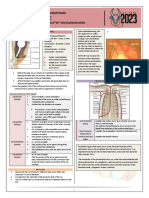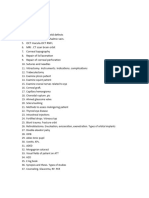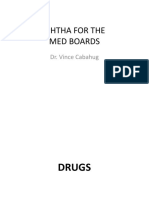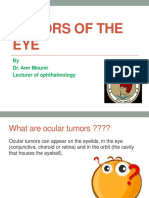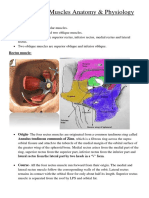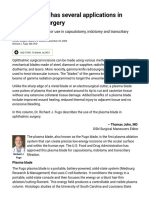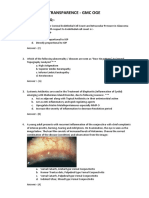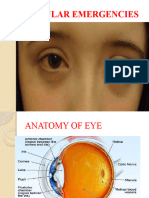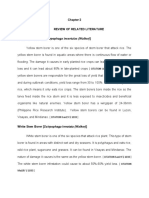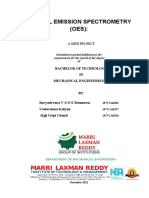0% found this document useful (0 votes)
329 views3 pagesRetinal Drawing A Lost Art of Medicine
This document summarizes a lost art of medicine - retinal drawing. For over 30 years, ophthalmologists at the University of Iowa created detailed drawings of retinal examinations as preoperative documentation for retinal detachment surgeries. These drawings took 30 minutes to 3 hours to complete. Advances in technology and changes in reimbursement led to the end of this practice. The author located over 120 of these drawings and is developing a collection titled "The Lost Art of Retinal Drawing" to showcase the artistic skill involved and how techniques evolved over time. The collection will help celebrate retinal drawing as both an art and medical practice that has become lost to time.
Uploaded by
kavyaCopyright
© © All Rights Reserved
We take content rights seriously. If you suspect this is your content, claim it here.
Available Formats
Download as PDF, TXT or read online on Scribd
0% found this document useful (0 votes)
329 views3 pagesRetinal Drawing A Lost Art of Medicine
This document summarizes a lost art of medicine - retinal drawing. For over 30 years, ophthalmologists at the University of Iowa created detailed drawings of retinal examinations as preoperative documentation for retinal detachment surgeries. These drawings took 30 minutes to 3 hours to complete. Advances in technology and changes in reimbursement led to the end of this practice. The author located over 120 of these drawings and is developing a collection titled "The Lost Art of Retinal Drawing" to showcase the artistic skill involved and how techniques evolved over time. The collection will help celebrate retinal drawing as both an art and medical practice that has become lost to time.
Uploaded by
kavyaCopyright
© © All Rights Reserved
We take content rights seriously. If you suspect this is your content, claim it here.
Available Formats
Download as PDF, TXT or read online on Scribd
/ 3
